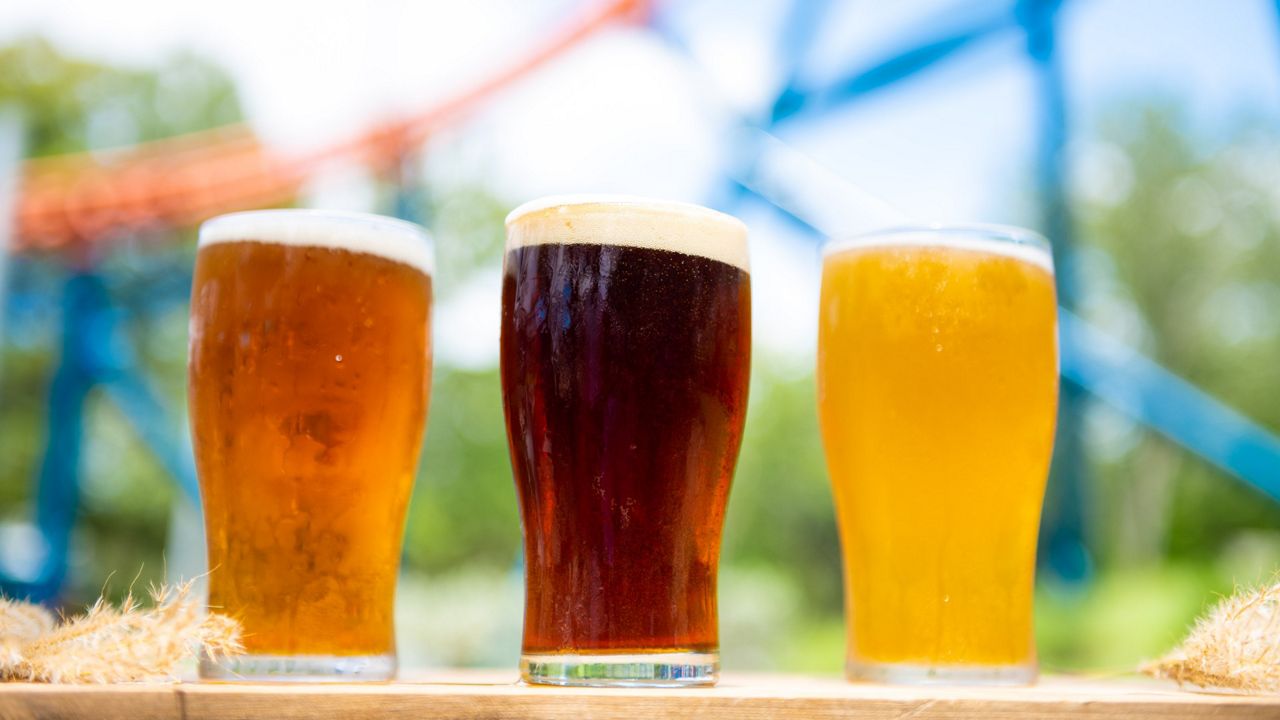Bussiness
Cornell researchers hope rhubarb will boost New York’s craft beverage industry

Researchers at Cornell University think rhubarb could offer a big boost to New York’s craft beverage industry.
Christine Smart is a professor in the School of Integrative Plant Science. She and her team hope to develop rhubarb cultivars with multiple flavors and colors. They’re working with Chris Gerling at Cornell’s Craft Beverage Institute on a trial of different varieties to be used in craft beverages.
“In talking with growers, chefs and craft beverage producers, they are all looking for a crop that adds value to their products,” said Smart. “For growers, it’s an early crop that is quite popular; for chefs, it’s a great ingredient and can add a unique angle to craft beverages.”
The project is now in its third year and more than 50 unique rhubarb genotypes have been planted. There are four different cultivars and 100 plants of each variety. There’s Crimson Red, Canada Red, MacDonald and Victoria. The plants are set up in 300-foot rows of raised beds at the AgriTech Campus in Geneva. This is the first year the stalks can be harvested.
The team’s goal is to advance rhubarb production in the Northeast.
“Our main goals are to identify cultivars or develop our own breeding lines that would be good for craft beverages, to have our own supply that is commercially viable and to provide more information about rhubarb to growers,” Smart said.
The question is whether rhubarb will be in demand with New York’s craft beverage makers. Smart and her team believe it is, saying a large pie producer in the state has to source rhubarb from Poland as the local supply isn’t sufficient. They also point to craft beverage producers like Star Cider in Canandaigua, Montezuma Winery in Seneca Falls and Embark Craft Ciderworks in Williamson that have dabbled in using rhubarb in their drinks.
There are still some challenges to figure out. The team says they still have to work out the processing as harvesting the juice can be tricky.










